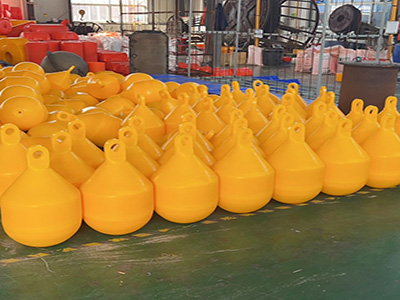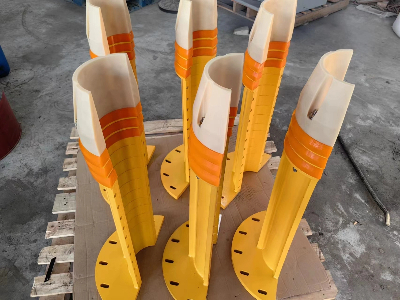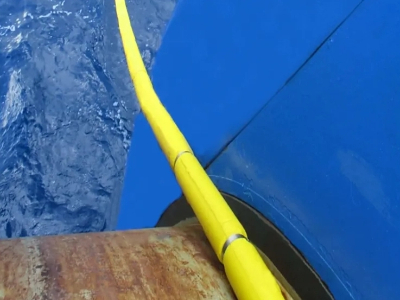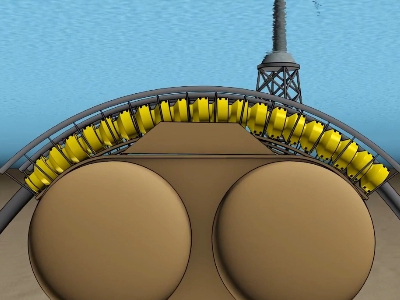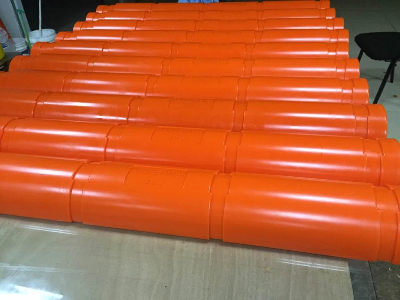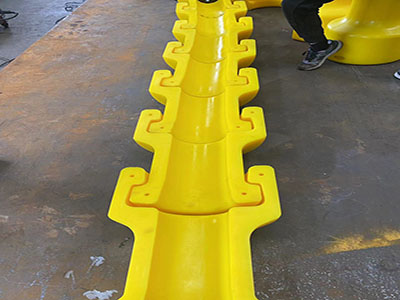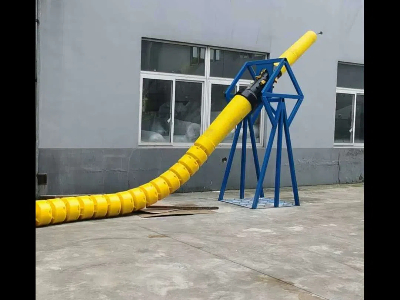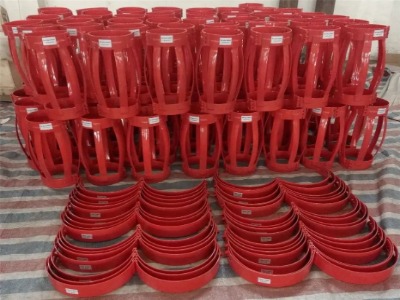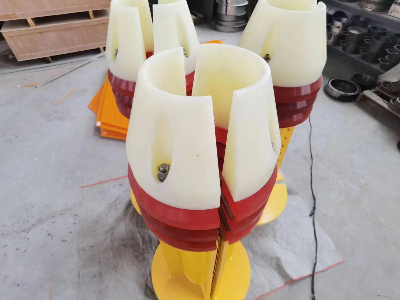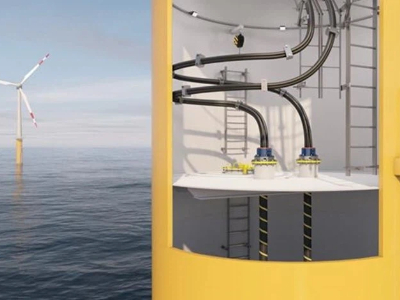Bend restricting devices, comprising bend stiffeners and bend restrictors, are utilized in both offshore wind and conventional oil and gas industries, where controlling the bend radius of pipes, cables, or umbilicals is necessary.
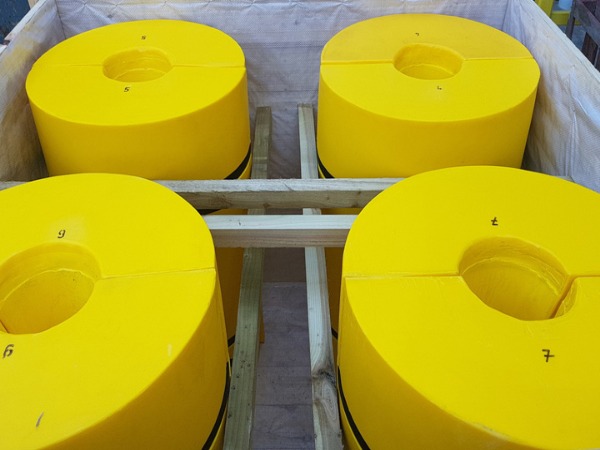
Key Terms Related to Bending Radius
Minimum Bend Radius (MBR): The minimum bend radius refers to the smallest radius a cable can be bent without causing damage or performance loss. It is an inherent property of the cable, determined by its construction and materials, and is typically expressed as a multiple of the cable’s outer diameter. Different cable types have different MBR requirements.
Free Locking Radius: The free locking radius is the natural bending radius formed by the modules or segments of a bend restrictor under minimal external load. In relatively stable marine environments with low external forces, this radius provides basic protection against over-bending. It reflects the baseline bending-limiting capability of the restrictor and is closely tied to its structural design and initial assembly state.
Deformation Locking Radius: The deformation locking radius is the stabilized bending radius achieved when the bend restrictor’s modules undergo deformation under significant external loads—such as strong currents or wave impacts—and then lock into a new configuration. This adaptive behavior allows the restrictor to maintain effective protection even under extreme environmental conditions, showcasing its resilience and self-adjusting capacity in harsh scenarios.
Locking Radius: The locking radius is the stable bending radius formed when the modules of a bend restrictor are tightly interlocked under external loading. This radius is typically equal to or greater than the cable’s minimum bend radius. For example, polyurethane-based modular bend restrictors feature interlocking segments that engage under load to form this protective radius. The locking radius is a critical performance parameter—ensuring it meets or exceeds the cable’s MBR is essential for reliable protection in engineering design and field applications.
Application-Specific Terminology
Wind Turbine Foundation Connection Point: This refers to the location in offshore wind farms where submarine cables transition from the seabed to the turbine foundation. Due to turbine motion induced by wind and waves, this junction is highly susceptible to excessive cable bending. Installing a bend restrictor here ensures the cable maintains a safe bending radius, which is vital for system reliability. Given the complex dynamic loads at this interface, proper selection and installation of bend restrictors are crucial.
Platform–Seabed Connection Area: In offshore oil & gas operations, this area connects subsea production equipment on the seabed to surface platforms via cables or umbilicals. These connections experience dynamic loads from platform motion and ocean currents. Bend restrictors installed here protect the cables from fatigue and structural failure, ensuring uninterrupted operation of critical subsea infrastructure.
Submarine Cable Crossing Area: This term describes sections where submarine cables traverse uneven seabed topography—such as trenches, ridges, or other obstacles. In these zones, terrain-induced stress can lead to excessive bending. Strategic placement of bend restrictors mitigates this risk, maintaining cable integrity across complex underwater landscapes and ensuring reliable power and data transmission.
Conclusion
Understanding bend restrictor terminology is essential for grasping their operating principles, design considerations, and protective roles in marine engineering. From foundational definitions that clarify component structure, to bending-radius parameters that govern performance limits, to application-specific terms that pinpoint critical installation zones—these concepts form a comprehensive knowledge framework.
Mastery of this terminology enables engineers, designers, installers, and maintenance personnel to communicate precisely and collaborate effectively. It also deepens awareness of the critical role bend restrictors play in safeguarding subsea assets. By applying these terms accurately in practice and research, professionals can drive innovation in bend restrictor technology and enhance the safety, reliability, and longevity of offshore energy and communication systems.


